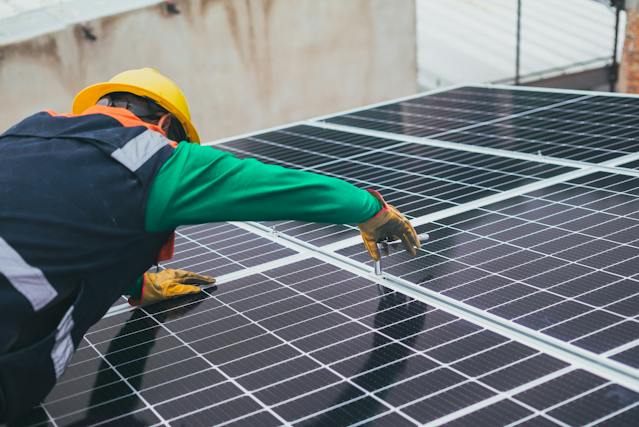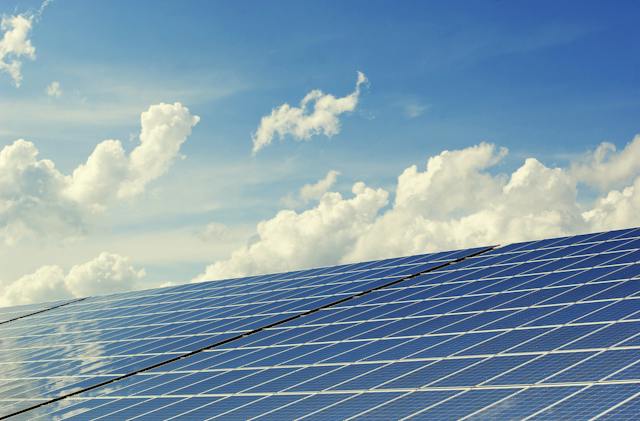Silane gas is a key carrier of the silicon component due to its exceptional purity and precise control capabilities. It surpasses various other sources of silicon. It has become an indispensable and unique resource. Silane gas is used in the domestic market and plays a key role in solar cell applications. It is used to make silicon nitride anti-reflective coatings in panel displays. Silicon nitride insulating material and protective film. As well as the deposition of integrated circuits (especially epitaxial silicon), silicon oxide film deposition and silicon nitride film deposition.
Silane is a compound of silicon and hydrogen (SiH4). The industrial production of silane useing magnesium silicide method, reduction method, disproportionation method and electrochemical method. Silane is used in semiconductor, photovoltaic and other fields. It aids in the manufacturing of solar cells, flat panel displays, glass and steel coatings. It also includes various high-tech applications such as advanced ceramics, composite materials, functional materials, and biomaterials. It has become the basis for many new technologies, materials and devices.
Silane is an important gas resource indispensable for the development of the electronic information industry, photovoltaic industry and new material industry.
1. Analysis of the silane gas market
Currently, silane gas is used in the panel and photovoltaic cell industries. In 2021, the demand for silane gas in the photovoltaic industry will be approximately 2,100 tons. The panel industry is also around 2,100 tons according to data from the Institute of Intelligence. China’s solar cell production in 2021 is 198 GW. Most of the incremental output is P-type cells using silane gas single-sided coating process. Calculations show that P-type cells need approximately 10.6 tons of silane gas per GW. N-type cells that need double-sided coating need approximately 21.2 tons per GW.

1.1 Photovoltaic cell industry
Solar cell output in 2022 will be around 280 GW. Among them, P-type batteries are the main ones. The demand for silane gas in the photovoltaic industry is approximately 2,900 tons. In 2023, solar cell production will be approximately 380 GW. Among them, P-type PERC cells account for approximately 250 GW. The penetration rate of N-type batteries is about 35%, reaching about 130GW. The demand for silane gas in the photovoltaic industry in 2023 will be around 5,400 tons.
Taking into account the conservative planning goals of each country. It is predict that the global cumulative installed photovoltaic capacity will exceed 1,000 GW by 2030. The average annual compound growth rate in the next ten years is approximately 22.17%. Given the current low base. Assume a growth rate of 25% in 2024. Solar cell production is predict to be around 475 GW. Assume that N-type battery penetration reaches 50%. The corresponding demand for silane gas is approximately 7,500 tons. This suggests that silane gas will enjoy industry expansion and increased demand for N-type solar cells over the next three years.
1.2 Silicon-carbon anode industry
Use CVD vapor deposition method to produce new silicon-carbon anode materials. The silicon content is 40%~50%. Producing 1 ton of new silicon-carbon anode materials requires approximately 0.6 tons of silane gas.As the technology matures, silicon carbon anode is predict to replace silicon oxide in the next few years. From 2023 to 2024, the demand for silicon carbon for silane gas will be approximately 8,000 tons and 19,500 tons.
1.3 Display panel industry
Because the industry is cyclical. It hypothesis that industry demand will show a downward trend in the next few years. The average annual decrease is 100 tons. Then the demand in the industry from 2023 to 2024 is 1900 tons/1800 tons.
1.4 Semiconductor industry
Currently, the usage of silane gas in the semiconductor industry is low. The estimated demand for silane gas in the coming years (2023-2024) is approximately 1,020 tons and 1,620 tons.
2. Supply situation of the silane gas market
In 2024, due to the continuous commissioning of silane technology production capacity. The total industry supply is forecast to increase to about 12,000 tons compare market supply and demand. It is predicted that the silane gas market gap in 2024 will be approximately 13,500 tons to 14,200 tons.
3. Silane product prices
In 2023, the market demand for silane gas will exceed 10,000 tons for the first time judging from the above supply and demand relationship. Due to the expansion of solar cell production and the transfer of technology to N-type cells, it has led to a significant increase in the use of silane gas. The silane gas supply and demand gap begins in 2021. And it reaches its peak in 2023. Also, the large growth in demand from the silicon-carbon anode industry has further exacerbated this gap. In 2024, with the renewed growth of demand in the photovoltaic and silicon-carbon anode industries, the industry is expected to maintain a tight balance. 2023 is a year when industry demand will increase . Silane gas prices are expected to rise further.

Currently, major industry players are expanding production at a limited pace. Supply and demand data show that as the popularity of N-type batteries increases in 2024, the consumption of silane gas per ton will double and the expansion of the silicon-carbon anode industry. The gap between supply and demand in the industry will expand . The silane gas industry is expanding at a slow pace. It takes about a year and a half. The ramp-up of production capacity after expansion will also take time judging from past capacity growth. Factors affecting silane gas production capacity include improvements in hydrogenation and disproportionation technology and limitations on tank assembly, panel modifications, and outsourced packaging and shipping capabilities. The absence of any link will cause the actual filling capacity to fail to meet expectations.
Calculated based on the current price of 250,000 yuan per ton in 2023. The value of silane gas required for each gigawatt of solar cells is approximately 2.65 million yuan. Silane gas accounts for only 0.21% of the cost of solar cells. The proportion is low, and downstream customers are not very sensitive to price increases. When there is an imbalance between industry supply and demand, pice increases for low-cost products with rigid demand will outperform other products.
4.Conclusion:
In summary, driven by expanding applications in photovoltaics, semiconductors and emerging silicon-carbon anode industries. The silane gas market will witness dynamic growth. An intricate balance between supply and demand, coupled with technological advancements shape the future of silane gases. As the world moves towards a greener and advanced future, the role of silane gases as essential elements in many high-tech applications remains undeniable. The industry must respond to the challenges and opportunities presented by growing demand, evolving technologies and global market dynamics. TIt can ensure the continued growth and stability of the silane gas market in the next few years.




